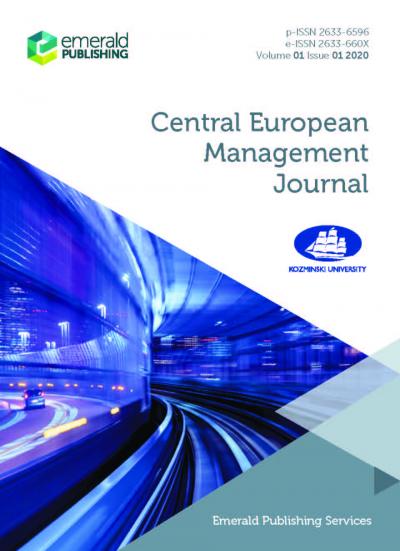Reducing the Tax Burden in Ukraine: Changing Priorities
Tetiana Paientko

11.2020 28 (3) Central European Management Journal
DOI 10.7206/cemj.2658-0845.28








